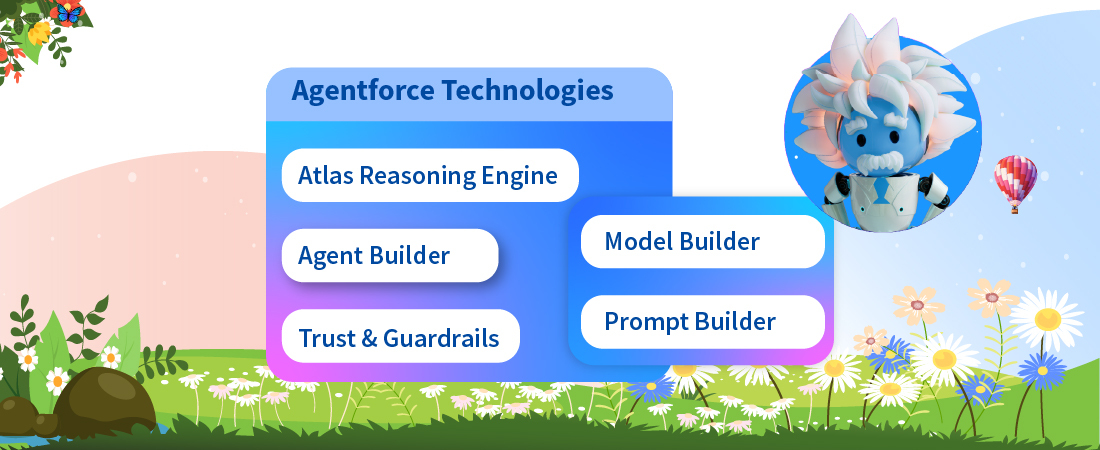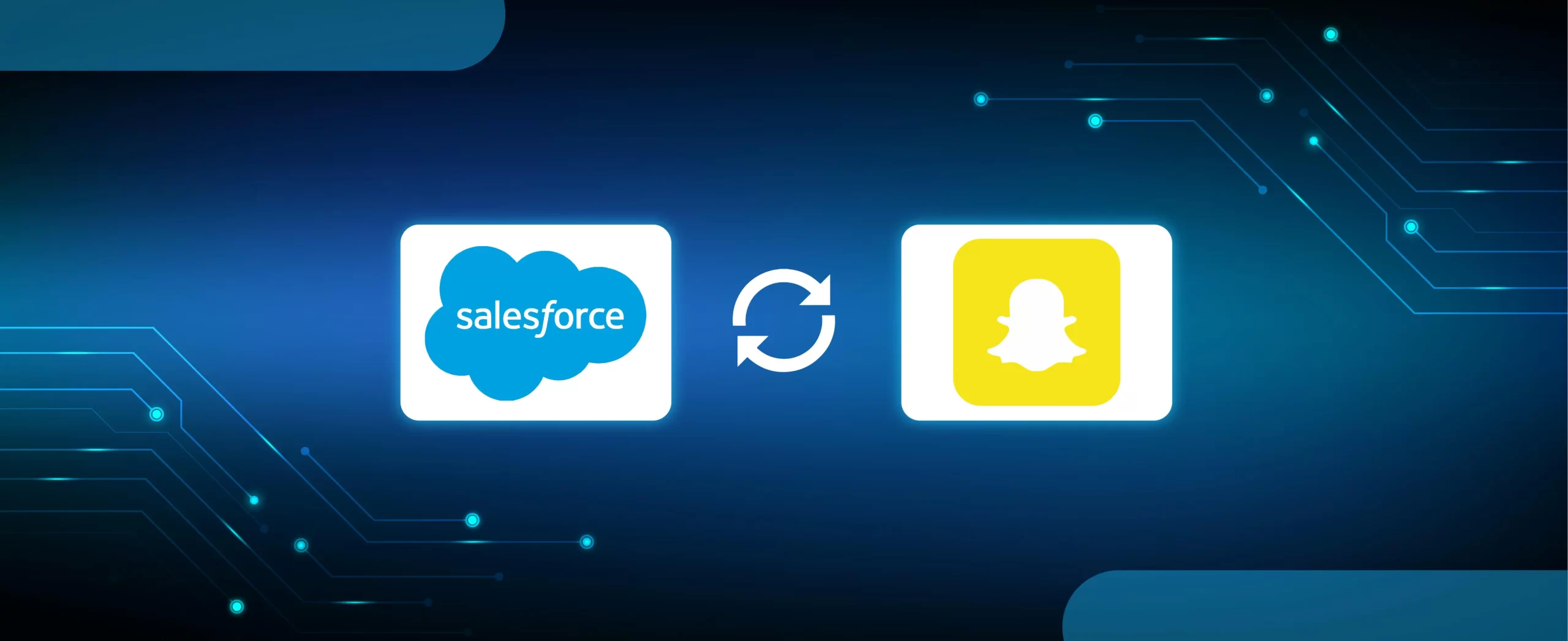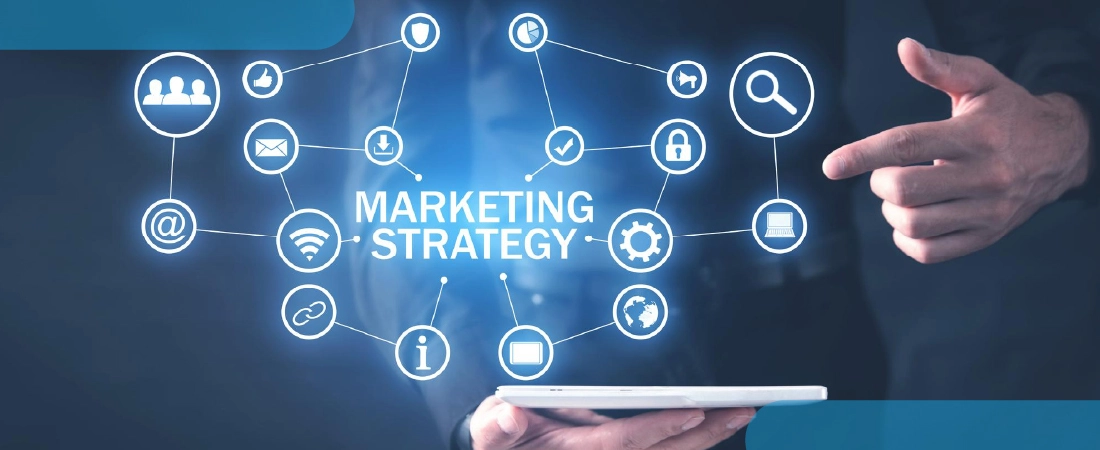Within Enterprises CRM tends to hold a critical aspect towards the goal of growth of an organization. In the current scenario, it is crucial for every business to constantly evolve to keep up with changing market dynamics. Within this paradigm in order to retain and grow clients, it is important to maintain a strong CRM which can help the users to understand the market. Delivering a seamless customer experience helps an organization achieve a recognizable growth.
The new Salesforce Lightning (also called LEX) development that Salesforce has undertaken this has brought about a new set of opportunity for the users of its CRM. It can help a business to deliver the required customer satisfaction and enables a modern user experience which can cover the differences between customers and organizations. LEX enables a business to impart a smarter and faster experience for clients and organizations. It helps users, Salesforce Administrators along with organizations to bring the latest applications to the market swiftly to meet customer demands.
LEX is the next-gen user interface within Salesforce. Its main aim is to provide better products and augmented user experience. It is important for every organization to understand that as time passes, it is important to adapt to a better and new interface to deliver a better experience to users. The framework of LEX presents totally new opportunity to the users of Salesforce like the ability to quickly construct user-friendly applications on contrasting screens and for dissimilar devices and contexts.
Once an organization recognizes the importance of LEX and take advantage of the entire platform, following are the steps to be applied:
Stage 1: Elucidate Goals and Visions
In order to start, an organization needs to clearly understand the UX goals. At the same time, it is important to identify the existing differences. Deciding upon the success metrics and assessing the Lightning readiness checklist tool. The main activities include planning UX objectives, setting up of desired business impact, evaluating the readiness check report etc.
Stage 2: Realisation and Apprehension
In stage 2, an organization must identify high-value scenarios for the pilot program. Once the use cases are identified, it can be converted and applied to Lightning. The desired solution could be used to select pilot users for feedback and pick out technical pitfalls. The key activities involve creating executive sponsorship messages, launching of a preview of the system etc. The main aim is to harness the fun about the new changes.
Stage 3: Integration of Process and Rapid Adoption
Looking upon the pilot feedback and all that learned lessons, an organization can eventually decide to change to the new platform. The new system can be rolled out for all users. The main activity involves secessions of e-learning, various hands-on exercises, developing LEX tab for access to resources etc.
Stage 4: Business Engagement Recurring in nature
This is the last and final stage where an organization can finally achieve maturity of the process by creating a continuous feedback loop with end users on one end and on the other, maintenance of the system through various releases. Activities that surrounds this stage are identifying the status of UX objectives, examining system usage, evaluating business impact etc.
How can an organization have the best practice for LEX
The platform offered by Salesforce Lightning has all the tools which are important to create apps and components. But still, there are common mistakes that the developers end up making which can be avoided by sticking to the best practices.
One of the most important aspects of any application is Security. There is a Locker Service within the platform built in a security pack. This basically looks into the security that the application code is unable to do any unwanted or unauthorized activity. It is very important to develop and apply the locker services in order to make sure that all applications run smoothly. It also helps in protecting valuable resources.
The second important feature is the component-based framework. It is critical for any business to design applications through consistent organizing functionality into a component that is meaningful and can be reused across other applications. Lightning is a component-based framework where such functionality can be applied.
Last but not least, the LEX is a modern user interface with intensified experience. It is always important for all the developers using this platform to keep the user experience at the middle of any application development.
The way ahead
Definitely, an organization should dive into the new experience of Salesforce. The new LEX features have surely some of the most different and impressive possibilities which can help an organization with their customer engagement. Nonetheless, every CRM software is the bulwark to the architecture of the overall system. LEX has offered enough flexibility to adapt to rapid changes in the market and continuously deliver a constantly evolving customer expectation. One cannot deny the fact Salesforce Lightning Experience is a huge step towards this direction. All the crucial philosophy can be conquered by LEX of the modern day business environment.






